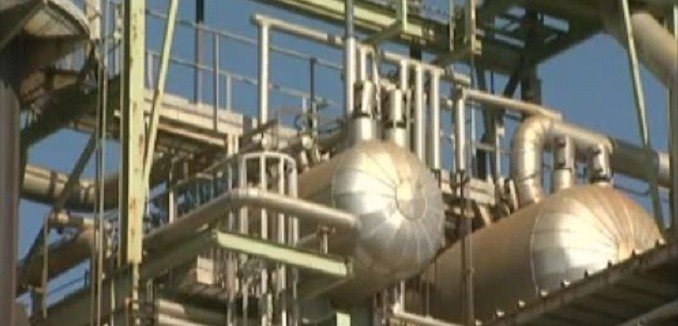Electricity supplies in the Gaza Strip have plummeted in recent days, leaving residents without power for more than 24 hours at a time, Times of Israel reported on Thursday. Gaza’s only electrical power plant closed down on Wednesday evening, exacerbating the problem and limiting the electricity supply to two or three hours a day at most.
As of July 13, less than one-fifth of Gaza’s 400 megawatt electricity needs are being met. Egyptian diesel was helping alleviate this problem until last week, when an Islamic State attack on soldiers stationed on the Egyptian side of the Gaza border prompted the Egyptian government to cut off its supply as well.
Gaza’s electricity crisis can be attributed to a few sources, namely infighting between the governing organizations in the West Bank and Gaza, as well as the irresponsible use of funds by Hamas, the terrorist organization that controls the Strip.
In June, on the tenth anniversary of Hamas’ takeover of Gaza, Palestinian Authority President Mahmoud Abbas resolved to “disengage” from the territory. As a part of this effort, Abbas cut the 125 megawatts of electricity the PA was supplying the Strip, in addition to requesting that Israel reduce its own electricity supply to the Hamas-controlled enclave. This act was a continuation of previous energy cuts, including Abbas’ April 2017 decision that the PA would no longer pay for electricity that Israel provides Gaza.
At the beginning of Abbas’ disengagement strategy in April, The New York Times highlighted the suffering of the Gazan people as a result of the fighting between the two Palestinian governments. “Hamas and Fatah are fighting with each other like kids and we are sitting in our homes with no electricity,” said Gazan mother Fatima Hmeid. “What is our crime?”
Critics have pointed out that the primary responsibility for this crisis rests with Hamas, which refuses to spend its funds on the infrastructure necessary to avoid power shortages. In March 2016, veteran Middle East analyst Avi Issacharoff highlighted some of the many ways that Hamas diverts international aid to boost its military buildup, leaving civilian infrastructure underdeveloped. Issacharoff reported that Hamas spends approximately $25 million yearly on smuggled goods used for military purposes.
The resolution of the electricity crisis will rely on the willingness of Hamas and the PA to come to the negotiating table. But while the two parties jockey for a better political position, the citizens of Gaza are suffering. “Most of the anger is directed at Hamas,” a medical intern in Gaza identified by the name Sami told Times of Israel earlier this month. “People [are] repeatedly hating Hamas for this particular reason.”
[Photo: VideoMedia / YouTube]




